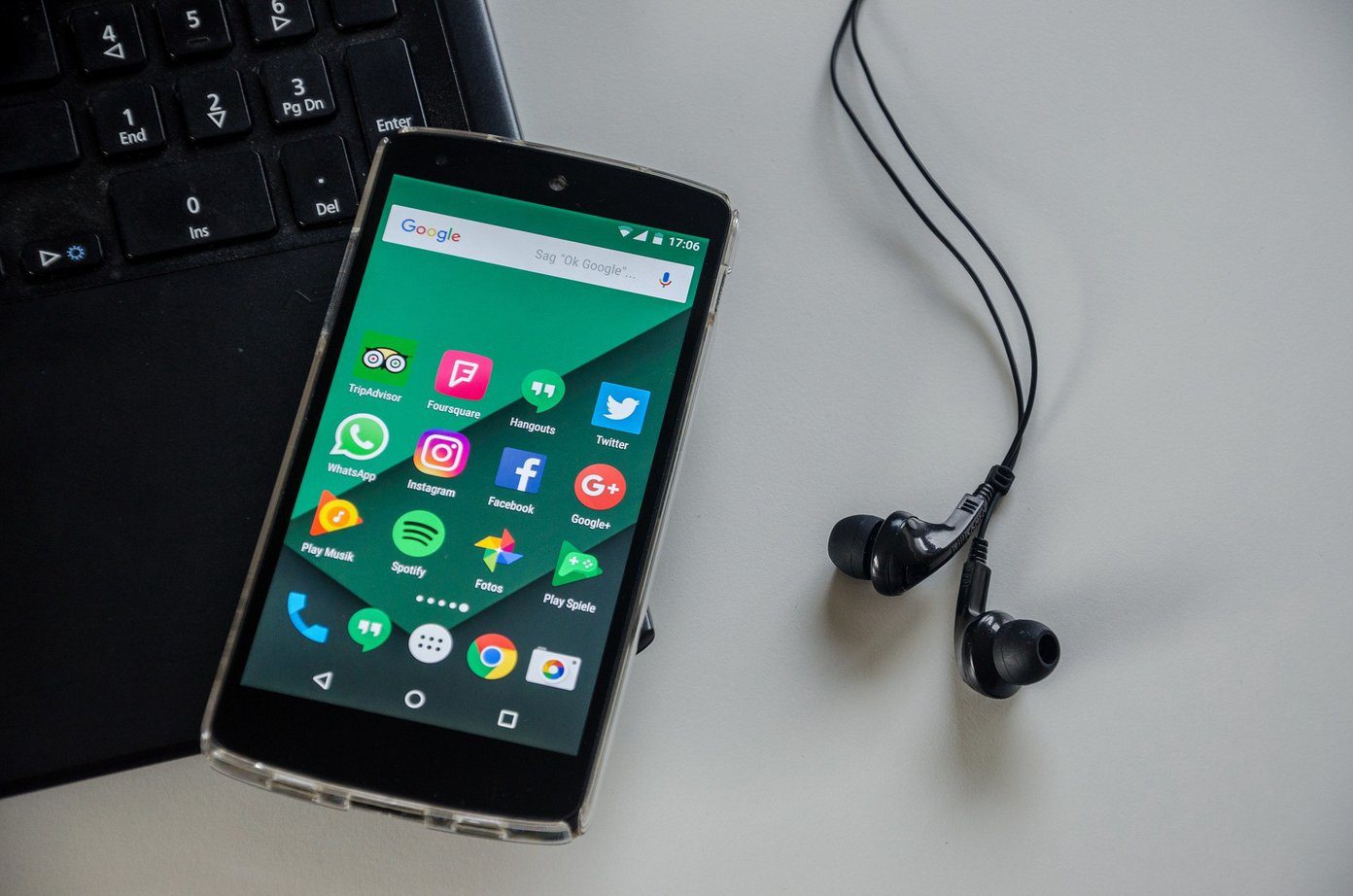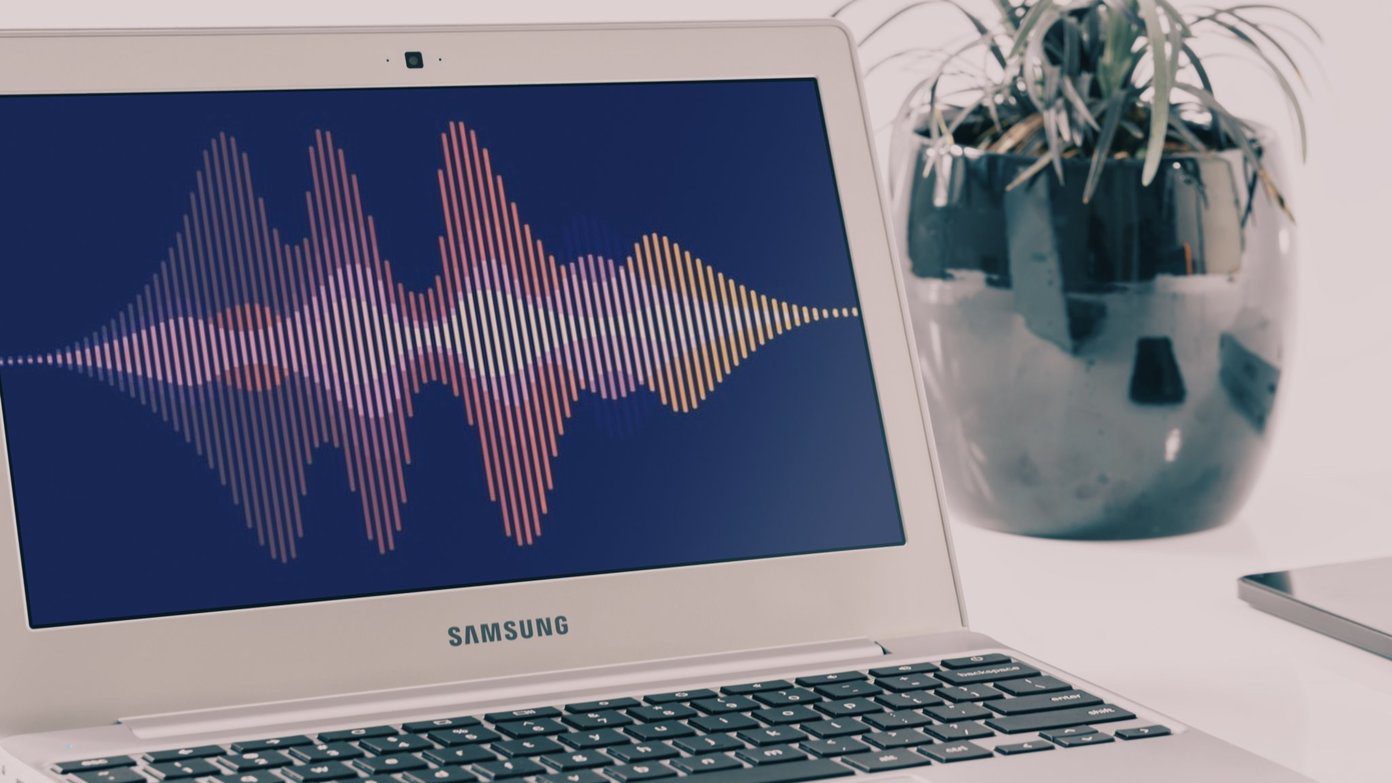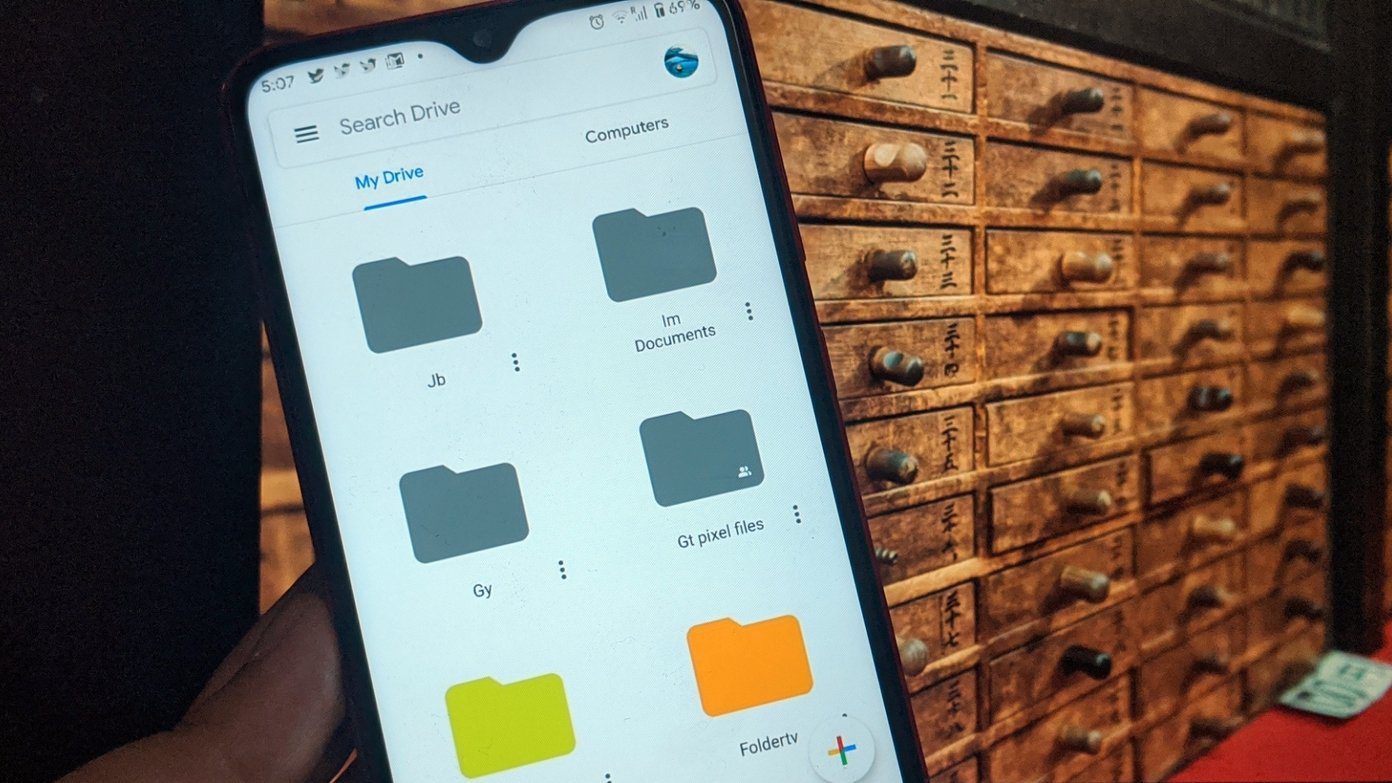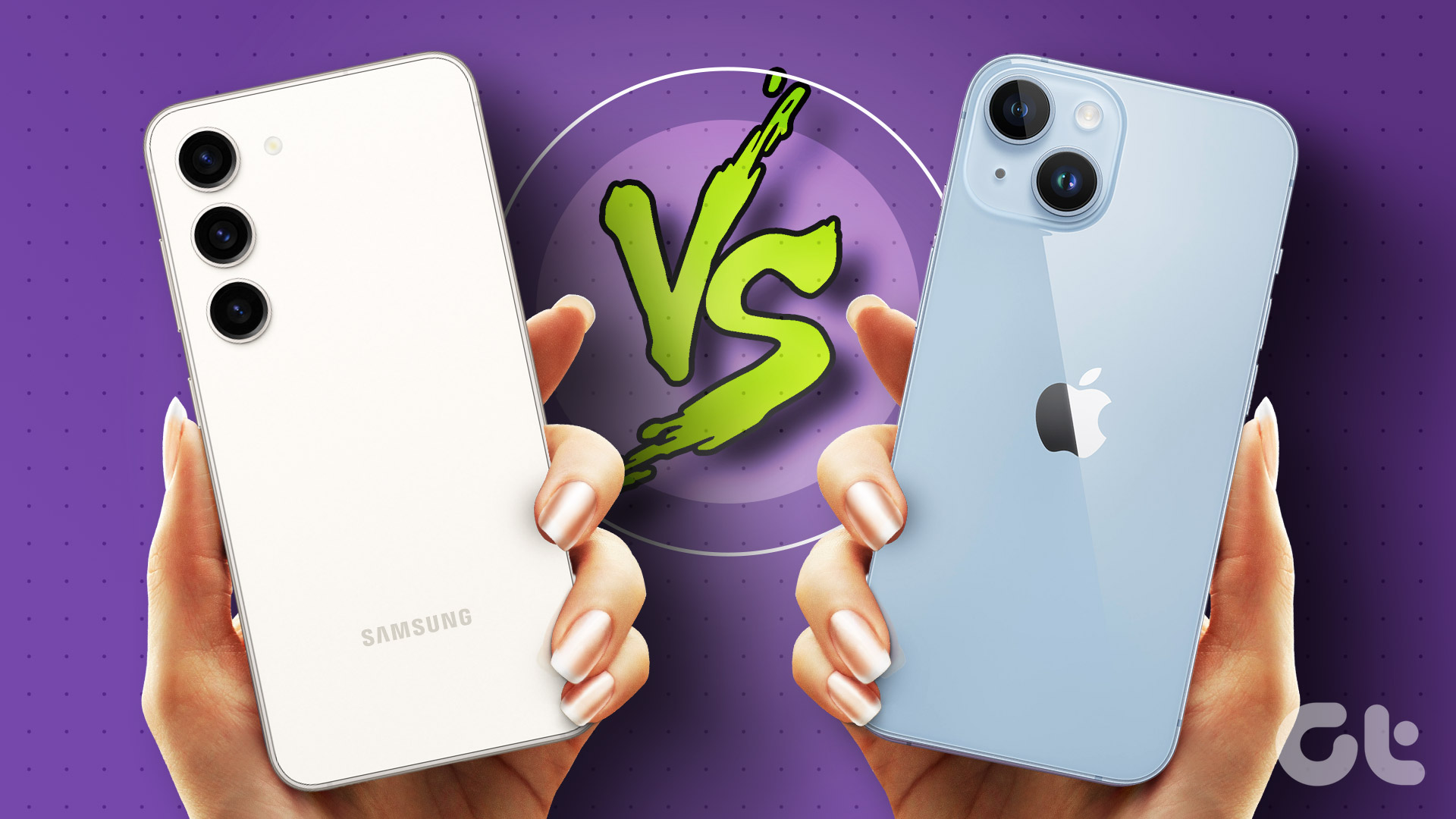2018 also saw a new addition to the 600-series family—the Snapdragon 632. Launched as a successor to the Snapdragon 630 chipset, the 632 brings a performance boost by introducing big cores. If you can recollect, the Snapdragon 636 made a debut as the successor to the Snapdragon 630. So, now this brings us to an important question? What’s the difference between these Snapdragon 630 successors? Well, let’s find out.
Specifications That Matter
Performance Improvements
The Snapdragon 636 is often considered the second highest performing SoC in the 600-series, right after the Snapdragon 660. The highlight of this processor is its 14nm process node and the Kryo 260 processing cores. The combination of the performance cores and efficiency cores in the Kryo architecture is responsible for better performance, low latency, and improved task-sharing capabilities. On the other hand, the Snapdragon 632 bundles Kryo 250 processing cores. Though both chips use the same combination of Cortex A73 performance cores and Cortex A53 cores, they have different CPU clock frequency. Instead of being clocked at 2.2 GHz, the Snapdragon 632 runs at 1.8 GHz clock speed. The Adreno 509 GPU is said to provide a 10% boost when compared to its predecessor, the Adreno 508 GPU. This difference would eventually come into play during serious high-res gaming. We pitted two phones powered by the Snapdragon 632 and the Snapdragon 636 respectively, and following are the results in terms of benchmark scores. And well, the numbers speak for themselves.
The Camera Game
Both the chipsets sport almost similar specs when it comes to the camera. The Snapdragon 632 can support a dual camera setup up to 13-megapixel and a 24-megapixel single camera on the front fascia. However, those are not the only differences between the two. The Snapdragon 636 houses a better and upgraded Image Signal Processor (ISP) and Digital Signal Processor (DSP). The 636 comes equipped with Qualcomm Hexagon 680 DSP (designed to support higher camera performance) and Qualcomm Spectra 160 ISP (for active depth mapping). At the same time, the newer Snapdragon 632 comes with the Hexagon 546 DSP and a standard dual ISP. Hence, it doesn’t take much to decipher which of these two will produce better results. We will update the post with images from a Snapdragon 632-powered phone as soon we get our hands one one.
Connectivity & Charging Technology
The Qualcomm Snapdragon 632 comes with the X9 LTE modem with maximum download speed up to 300Mbps. Quite naturally, the Snapdragon 636 has a slightly better LTE modem (X12 LTE modem) with download speed up to 600Mbps. When it comes to fast charging technology, the Snapdragon 636 supports the newer Qualcomm Quick Charge 4.0, and the newer Snapdragon 632 equips Quick Charge 3.0 support. Naturally, you’ll get faster charging speeds with QC 4.0. Qualcomm claims that with QC 4.0, you can get five hours worth of battery life by charging for five mins. Overall, the specs of both chips look great on paper. However, real-life performance is much different since most phone manufacturers do not include the latest charging techniques and other implementations.
Wrapping It Up
The Qualcomm Snapdragon 632 almost seems to be at par with the Snapdragon 636 when it comes to the benchmark scores, with marginal differences in individual CPU and GPU scores. There are small differences between the two and they make a significant impact on the overall performance — such as the use of an older GPU, LPDDR3 RAM in the Snapdragon 632. In a nutshell, we can say that the Snapdragon 632 is a lighter version (or underclocked) version of the Snapdragon 636. So, if you are already in a smartphone powered by a 600-series processor (baring the Snapdragon 660), the ideal choice would be a Snapdragon 636-powered phone. The above article may contain affiliate links which help support Guiding Tech. However, it does not affect our editorial integrity. The content remains unbiased and authentic.


















